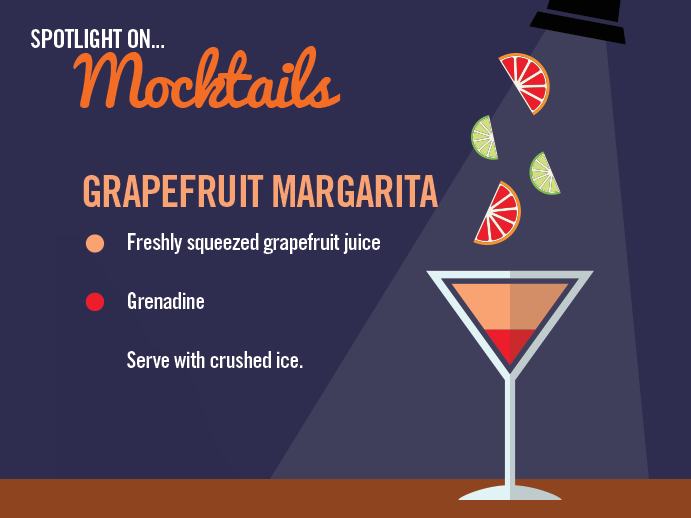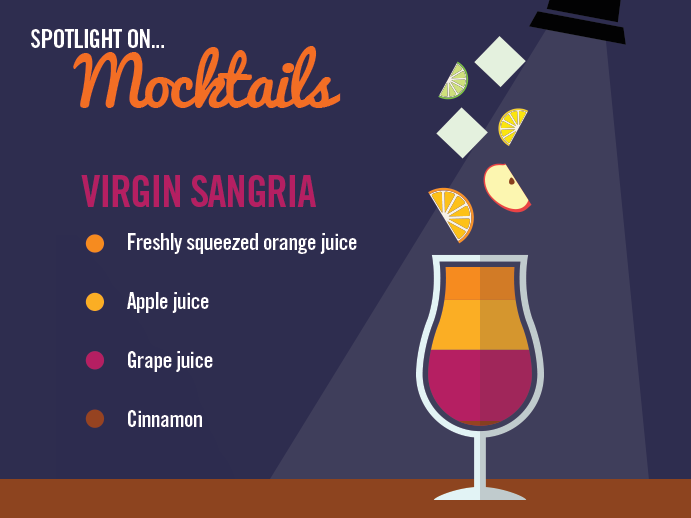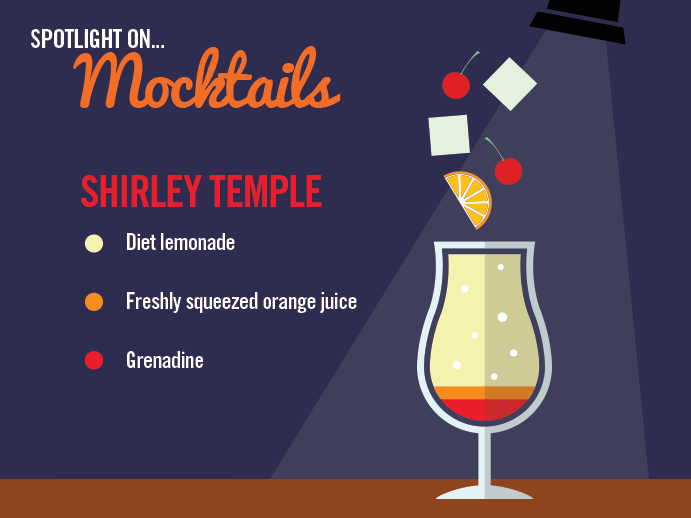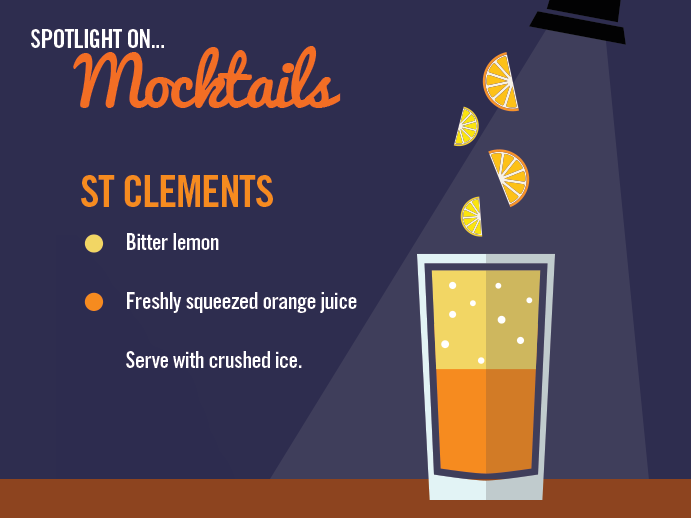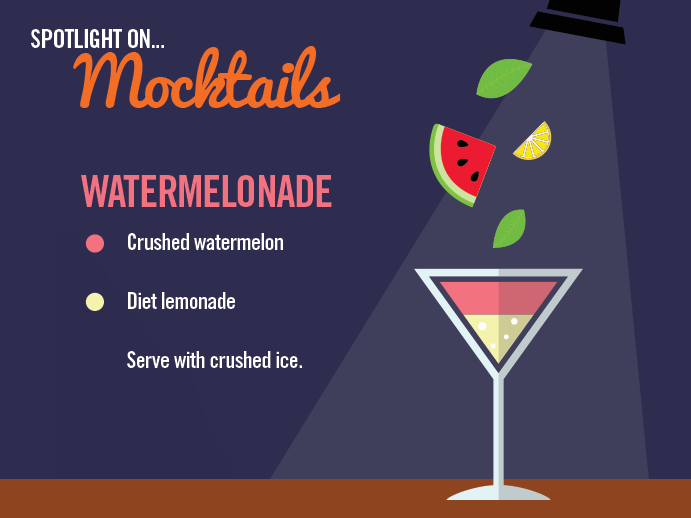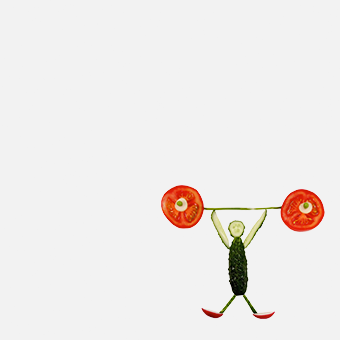Liquor and the liver
Alcohol interferes with the way that the liver performs, which is particularly dangerous as the liver is responsible for over five hundred functions in the body. One of its main jobs, however, is to turn glucose into fat, which it then sends around the body to store for when it is needed.
When too much alcohol is consumed, it affects how the liver handles fat, and so the liver cells fill with fat, and the liver becomes swollen and increases in size. As you can imagine, the swelling of the liver can cause serious pain, feelings of sickness and loss of appetite. This process is known as “fatty liver” and although it can be reversed by cutting down on drink, if it happens frequently it can develop into hepatitis.
Another liver condition caused by consuming too much alcohol is cirrhosis, which is when the normal liver tissue is replaced by scar tissue, as the liver attempts to repair itself. This will lead to difficulties with blood flow into the liver. Cirrhosis affects around one in ten heavy drinkers.
The problem with over-drinking and liver disease is that, unlike other effects, you won’t very easily be able to spot it, and it could be as much as twenty years before one realizes the damage they have been causing.
Other unexpected effects
It’s widely known that drinking alcohol can affect and, if over-consumed, damage the liver. But in fact, alcohol actually links to the function of organs all over the body. Starting with the brain, as alcohol is a depressant, it slows down its functioning. It can cause anxiety, difficulty sleeping, and in the very long-term, damage memory. Frequently drinking too much can harm the heart, causing high blood pressure, and increasing the risk of heart disease, strokes or heart attacks. The pancreas, which produces hormones like insulin to aid digestion and blood sugar regulation, can also be affected by overdrinking, and can contract pancreatitis which in turn can trigger the development of diabetes. In the short term, alcohol can cause nausea and diarrhoea, but in the long term it can be linked to IBS, bowel cancer, stomach cancer, and even breast cancer.
Drinking alcohol can also lead to complications when trying to conceive, for both men and women. It is suggested that if trying for a baby, both parents should avoid alcohol altogether, as it not only affects the menstrual cycle, but reduces men’s testosterone levels, lessening the sperm’s quality, structure and movement. Drinking whilst pregnant is of course also damaging to the development of the baby.
If you’re making the resolution to be more active this new year, you may also find that alcohol interferes with your fitness regime, as it has been proven that the way alcohol is absorbed by the body can reduce the amount of fat that can be burnt off when exercising.
A scientific look at the hangover
If you’re familiar with a night of heavy drinking, you’ll also probably be experienced with consequences felt the next morning too. That’s right, we’re talking about the “hangover” here. We know they’re horrible to endure, but what exactly happens in the body building up to, and during, a hangover?
Ever found yourself going to the loo more often when you’re out drinking? This is because alcohol is a diuretic, and this emptying of the kidneys more frequently, when fluids are coming into them, causes dehydration to the body. Although the kidneys are emptying at a higher rate, alcohol raises the production of stomach acids and slows down the rate at which the stomach empties itself, which together can cause stomach ache, nausea or vomiting. All of these will, of course, also expel fluid from the body, increasing the dehydration further. When the body is lacking hydration, one becomes prone to a dry mouth, dry skin, dizziness and light headedness, and of course, headaches. Hangover headaches can also be due to alcohol causing the blood vessels to dilate.
Give up or just cut down?
The statistics and facts below won’t make for very comfortable reading, but do note that these side effects are in most cases linked to over-drinking, and consuming alcohol above the recommended guidelines. According to drinkaware.co.uk, the government advises that men and women should not regularly drink more than 14 units over the course of a week. In their terms, ‘regularly’ means drinking alcohol every or most days of the week. They encourage that even deciding to get your drinking down to within these limits would be a great start, and bring huge benefits to your health.
As a way of a New Year’s Resolution, many people decide to go dry for January, committing to consuming no alcohol for 31 days. Cancer Research UK, who run their annual sponsored Dryalthlon also point out that not drinking for a month will mean no hangovers and more cash in your pocket, not to mention the money you can raise for the charity in the process.
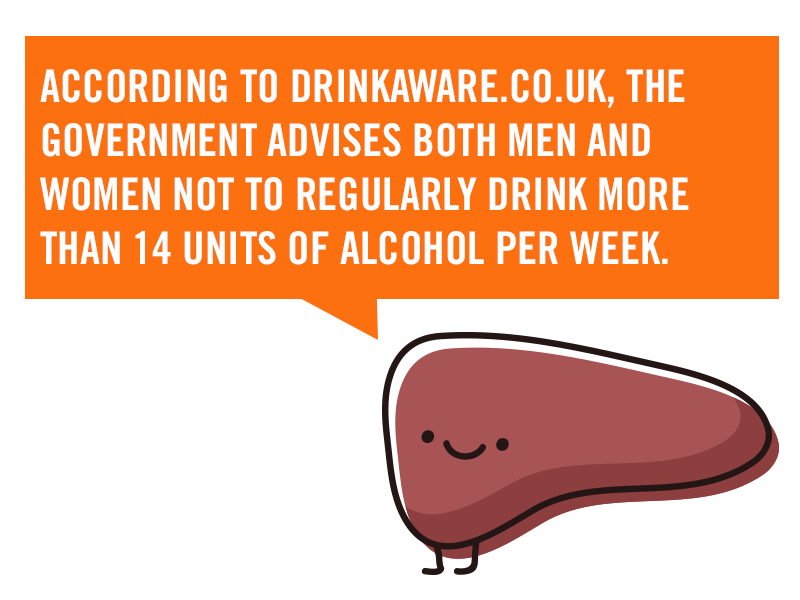
As for the argument as to whether you should cut down on, or cut out, alcohol completely, it depends on your current relationship with alcohol. If you consider yourself alcohol-dependent (the symptoms of which include the need for alcohol daily, drinking alone often or early in the day, and drinking to stop the shakes), then going cold turkey suddenly would not be advised. Instead, cutting down gradually would be best, to avoid any severe withdrawal symptoms. At the other end of the spectrum, if you have a condition due to alcohol such as cirrhosis of the liver, a teetotal lifestyle is highly encouraged.
Stardom, without the hangover
There are some surprising names on the guest list of celebrities who out of their own choice, have decided to abstain from drinking. Models and actresses like Tyra Banks, Jennifer Lopez, Kim Cattrall and Christina Ricci don’t drink, as well as younger glamourous ladies like Blake Lively, Jennifer Hudson and Leona Lewis. Gareth Bale and David Beckham are amongst many sport stars who have given up alcohol to help enhance their performance. Other teetotal male celebrities include Simon Pegg, David Walliams and Bradley Cooper.
Have a break, have a non-alcoholic beverage
There are some key benefits to going alcohol-free, even if just for a short while. When you frequently drink a lot of alcohol, you naturally build up a tolerance to it, meaning to gain the same amount of satisfaction from it, you have to drink a lot more. Taking a break from it will mean that your body stops becoming too accustomed to the effects of alcohol. If you’re looking to wean yourself off the booze, here are some tips:
Moderation is key:
A little bit of what you fancy does you good. If alcohol is your tipple, allowing yourself a small amount of it will mean you’re more likely to stay on track, without the fear of missing out. Limiting your intake to just a certain time, for example, at meal times, will make you want to savour it, and you will therefore appreciate it more too.
Size up the situation:
Be aware of the measures that are being served to you when you’re out. Some bars and restaurants will serve large 250ml glasses of wine or double shot measures as standard. Swapping to a 175ml glass will straight away save you one unit, and with 50ml of dark spirit taking you close to your daily limit, it’ll be worth sticking to a single.
Keep a note:
Measuring alcohol levels shouldn’t just happen behind the bar. Monitor your alcohol consumption at home too and keep a check on your unit intake. This will not only involve measuring the amount of alcohol but the alcohol percentage as well, as this will have an effect on its units.
Reward yourself:
… Just not with more booze! Often we drink as a way of comforting ourselves, or because we feel we deserve it, perhaps after a long day. Find a way of treating yourself, without reaching for a bottle or an unhealthy snack. This might mean going for a massage, or taking yourself to the cinema. You’ll have saved extra money by not drinking, after all.
Safety in numbers:
Why not encourage your partner, family or a friend to join you in cutting down? A bit of healthy competition never did anyone harm, and you’ll all be so pleased, for yourselves and each other, when you start to see the benefits.
Alternate:
Whether you’re out or at home, make every other drink a non-alcoholic one. This could be a straight slimline tonic in between every G&T. Sometimes we drink the first drink too quickly, simply because we’re thirsty. Before starting on the booze, try drinking a glass of water first.
Trick your brain!
Alcohol-free options are becoming more popular in the drinks’ industry, so look out for them. Alternatively, try one of our recipes below:
